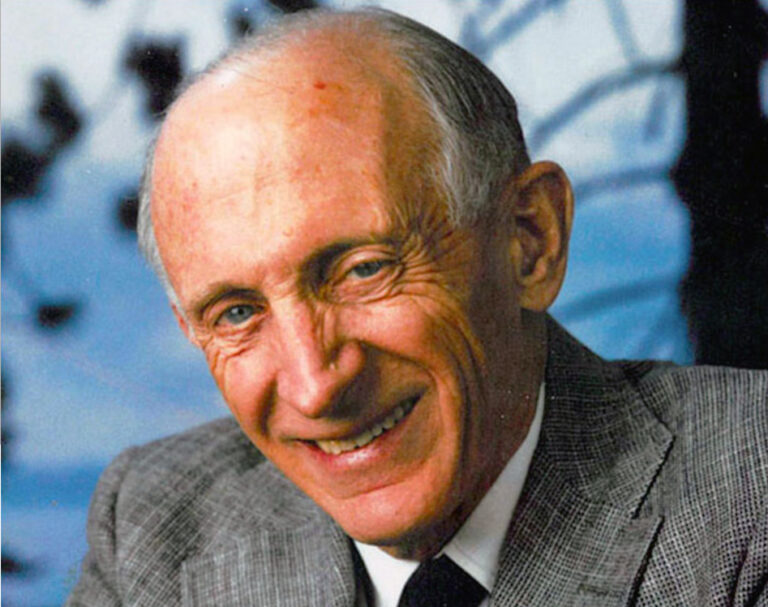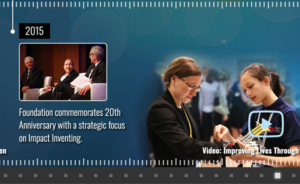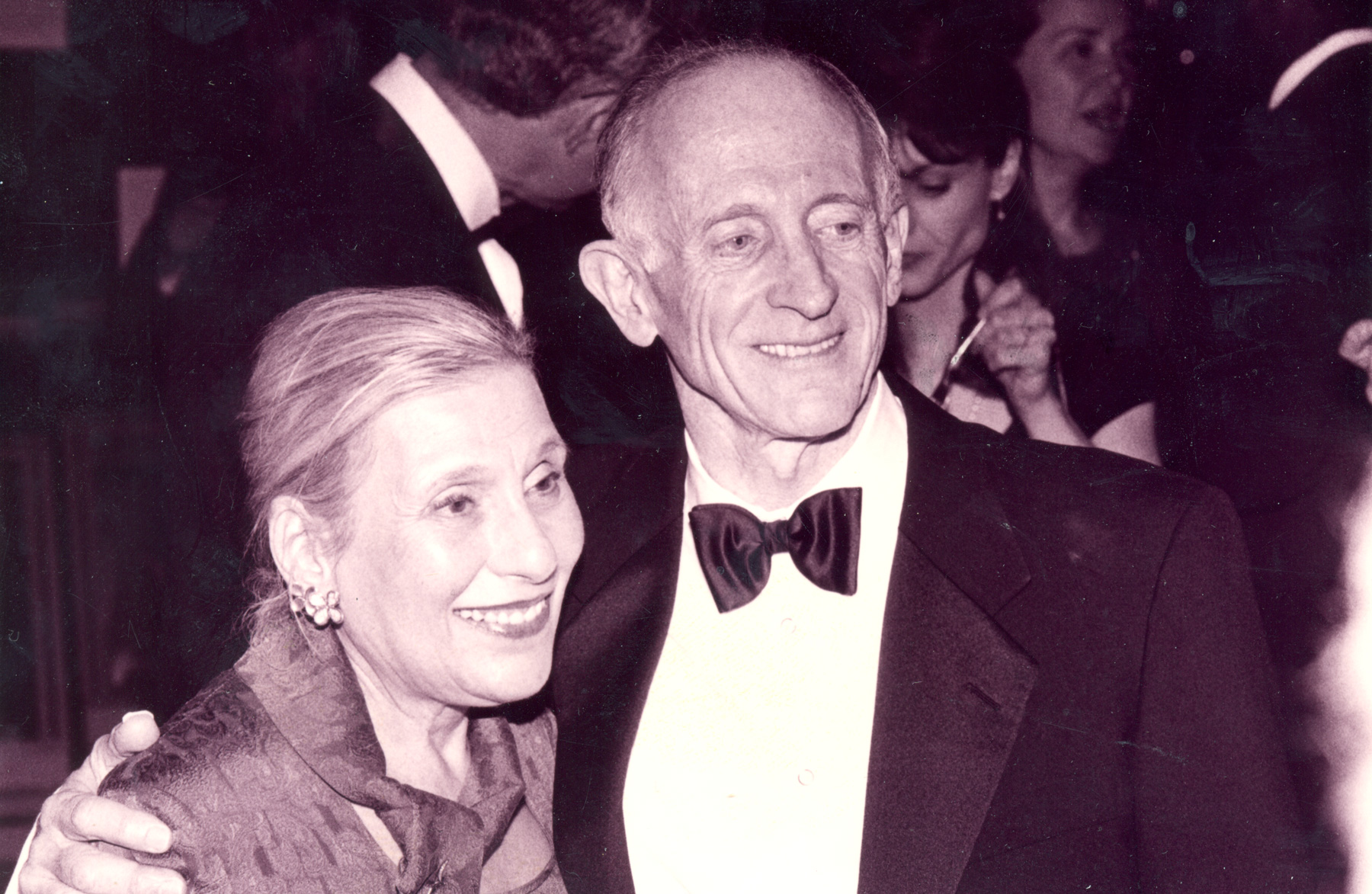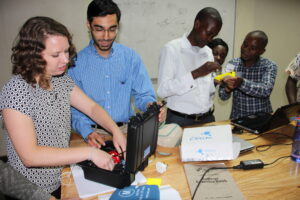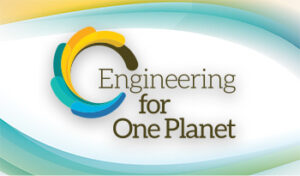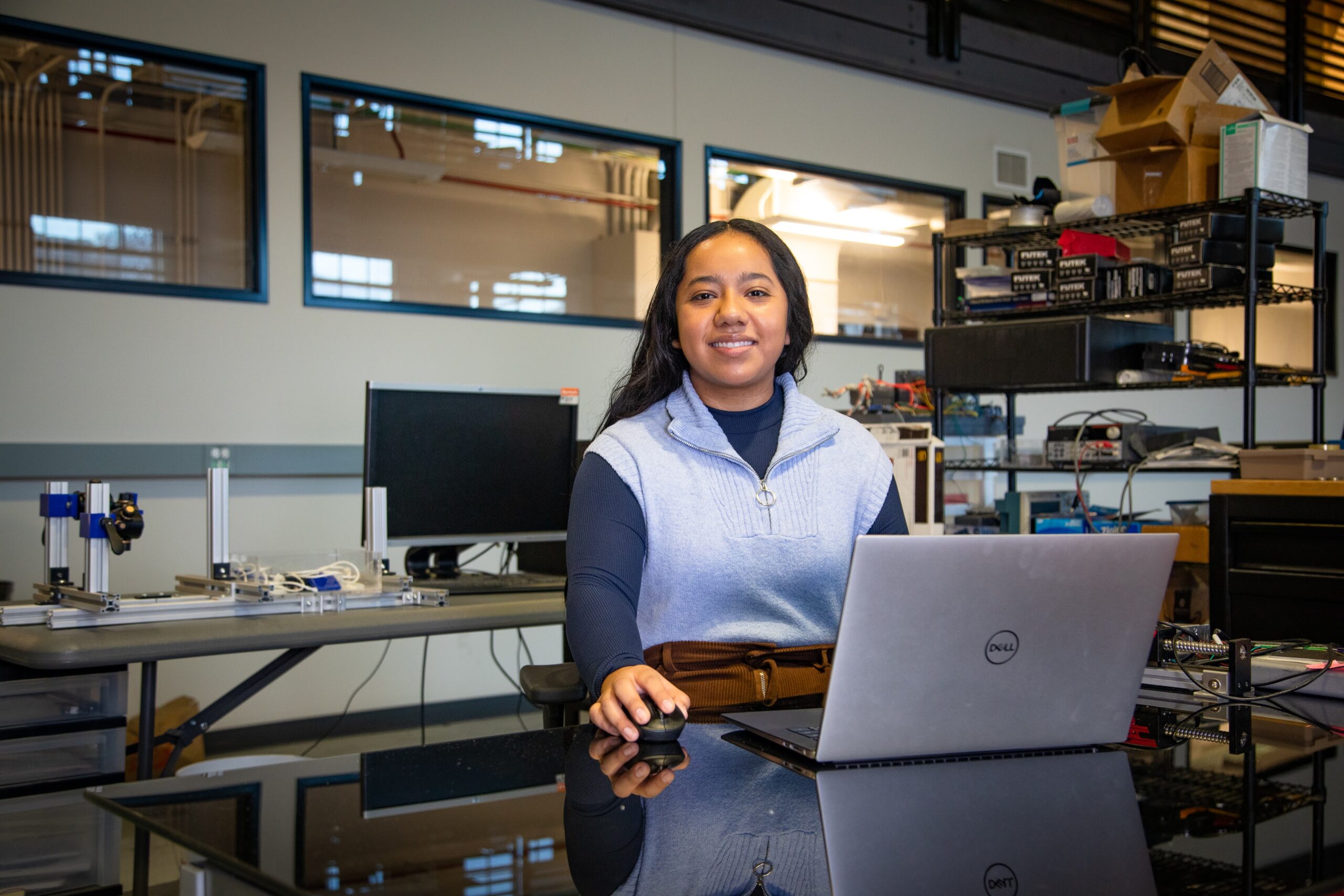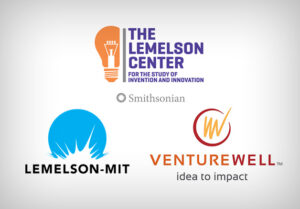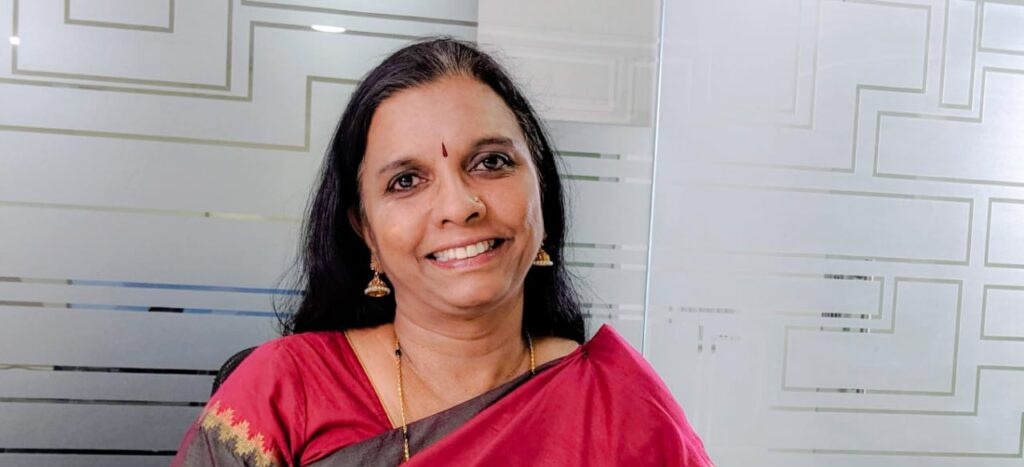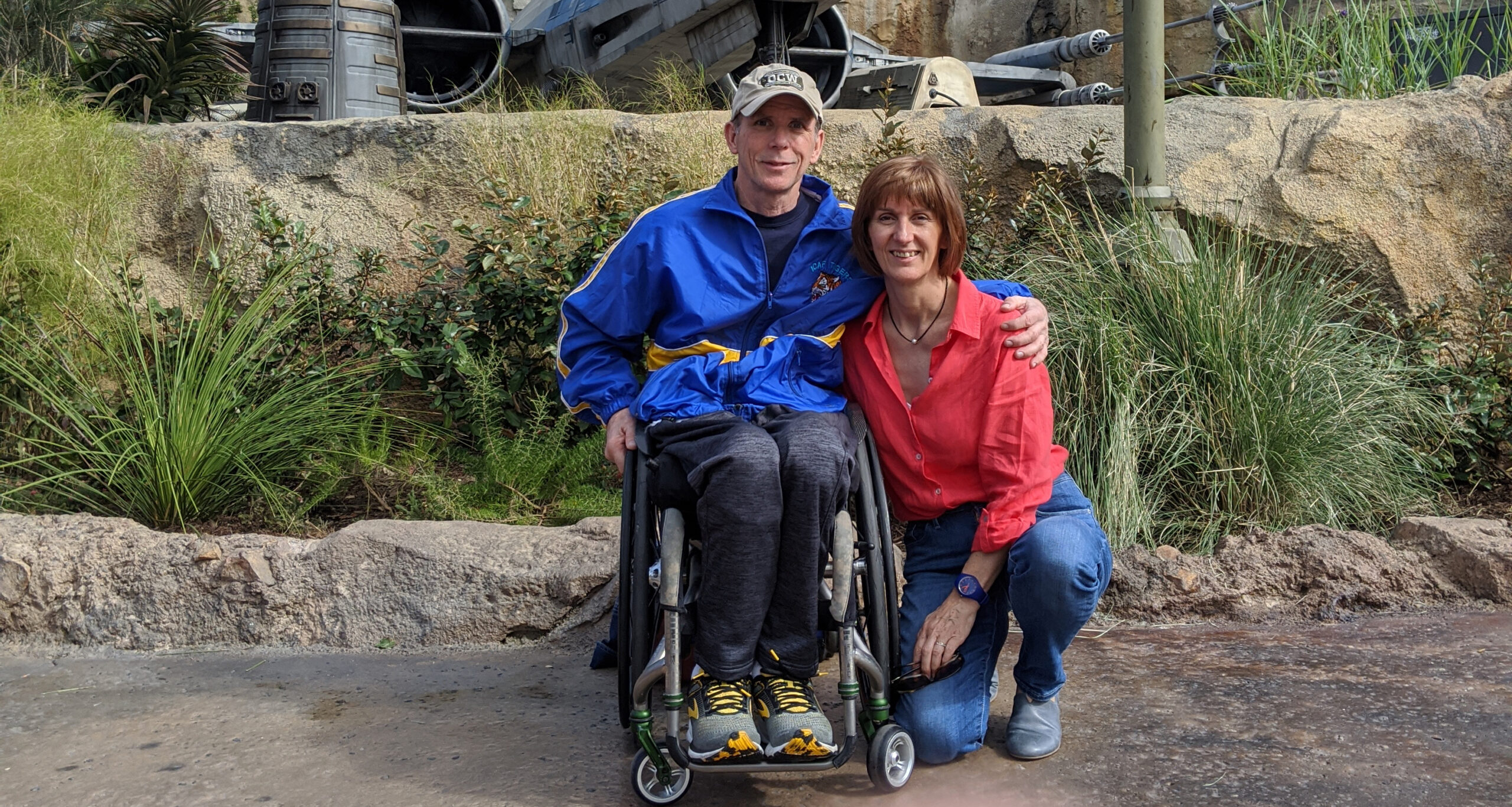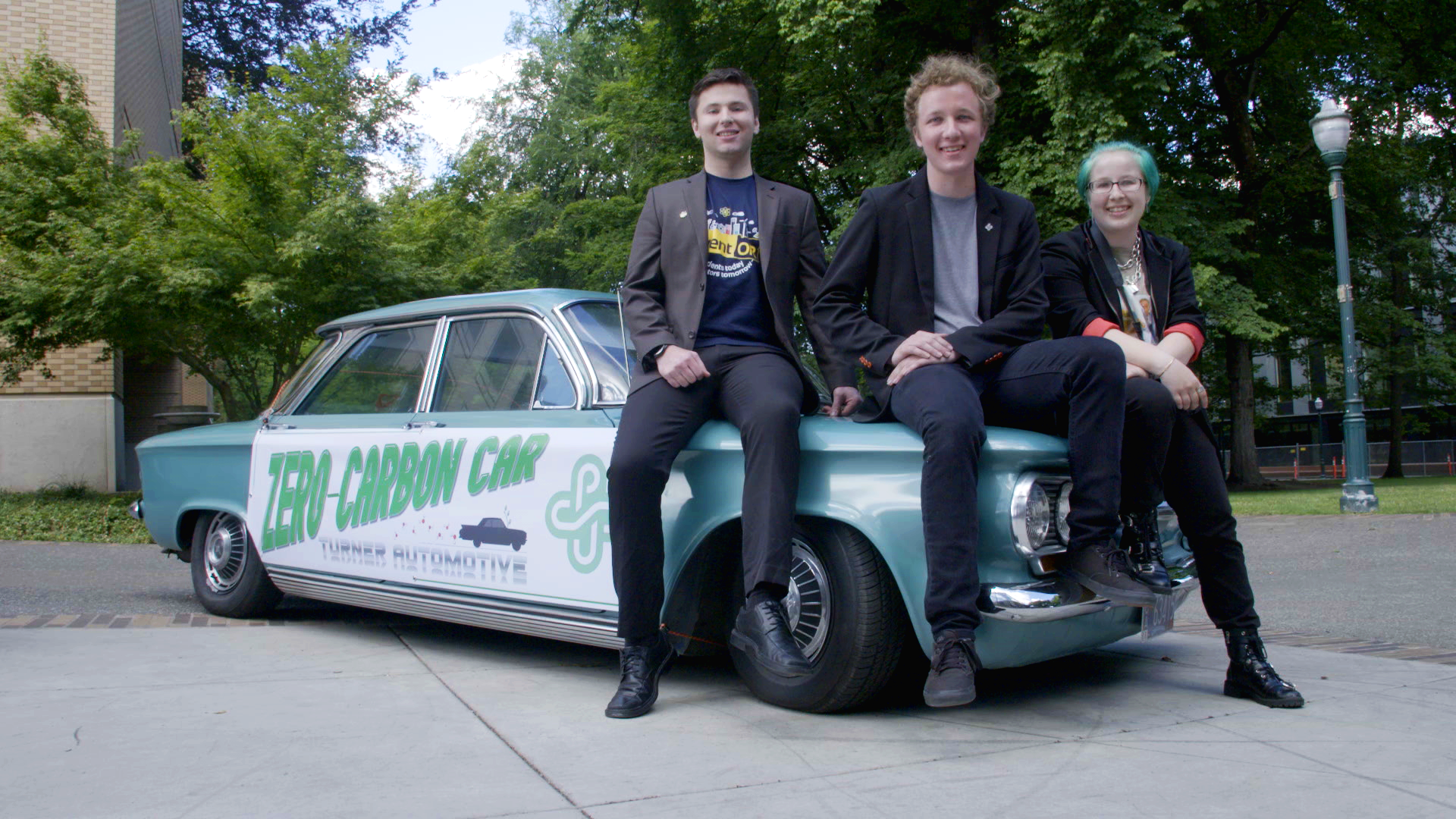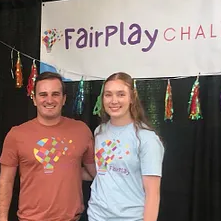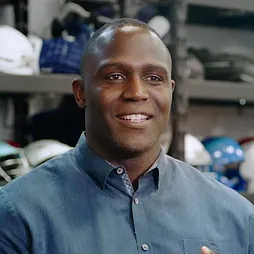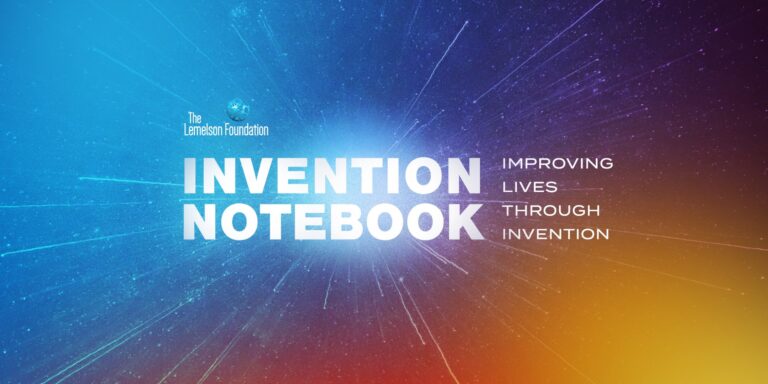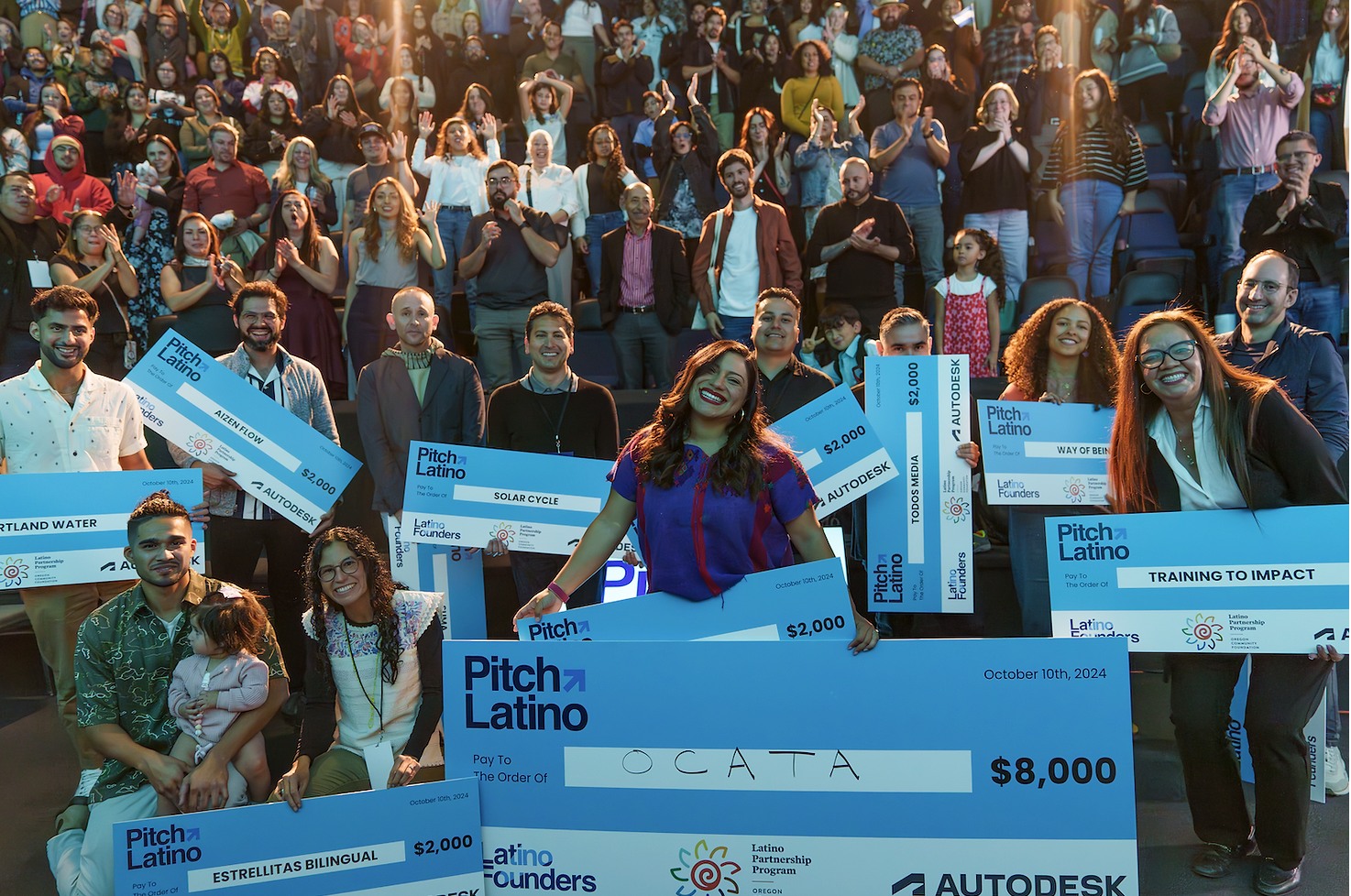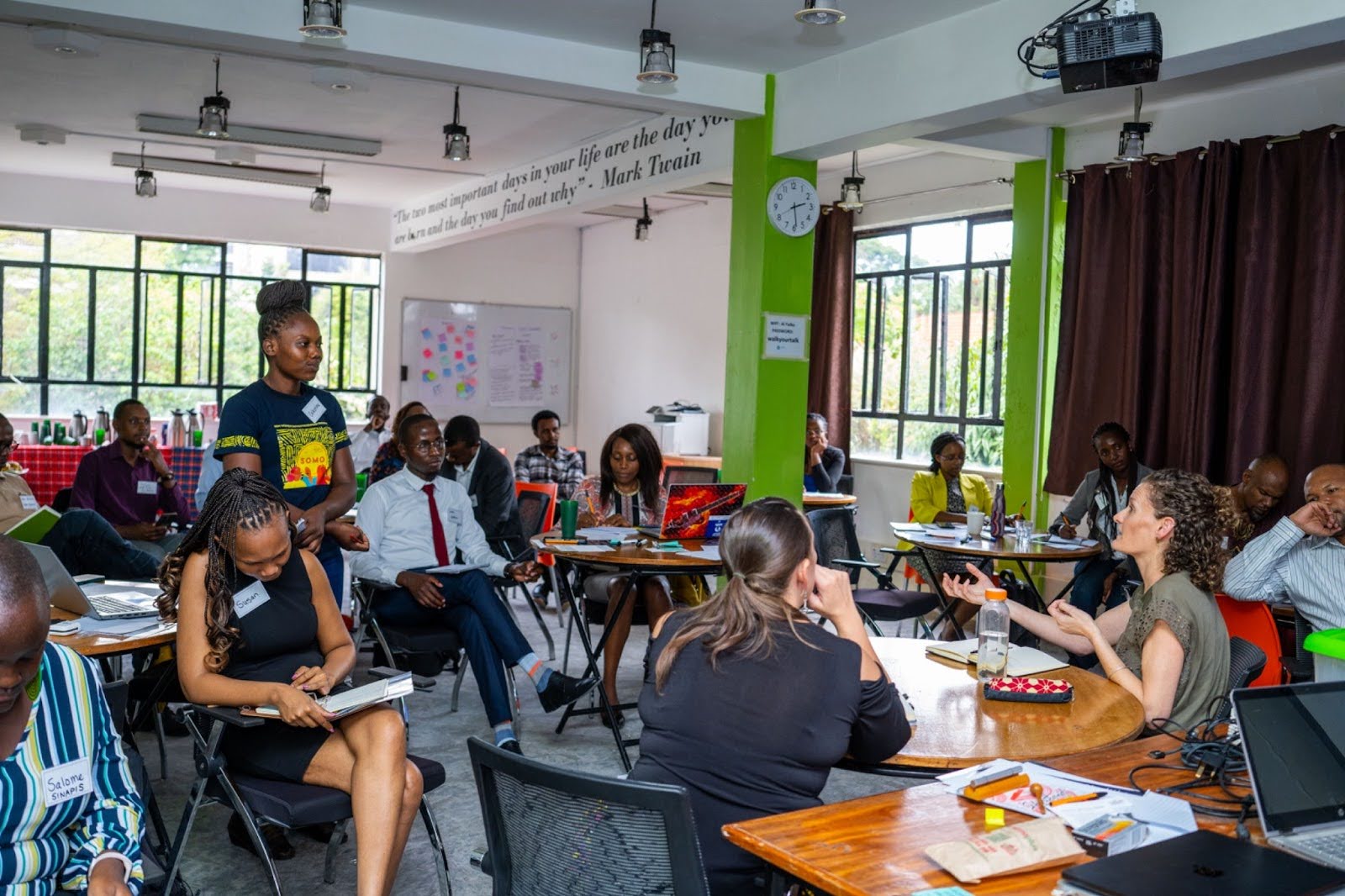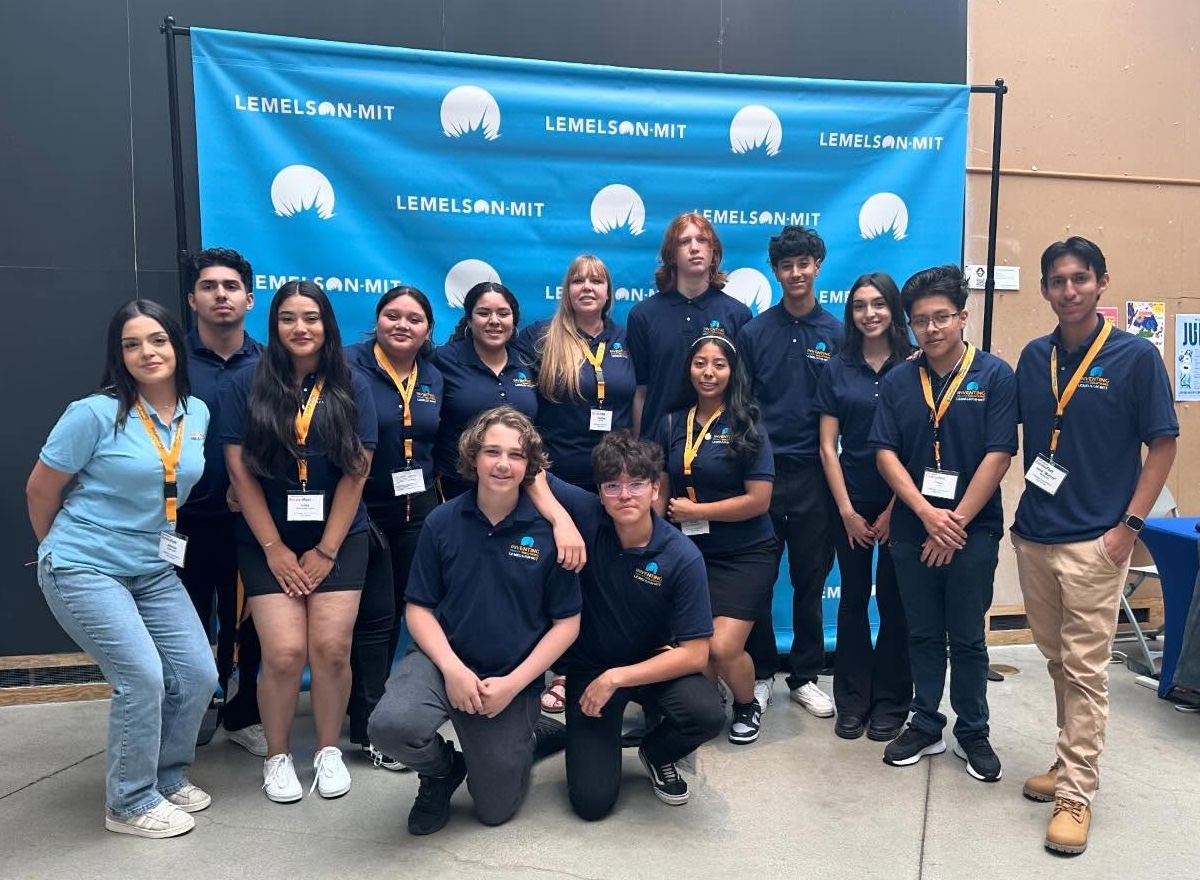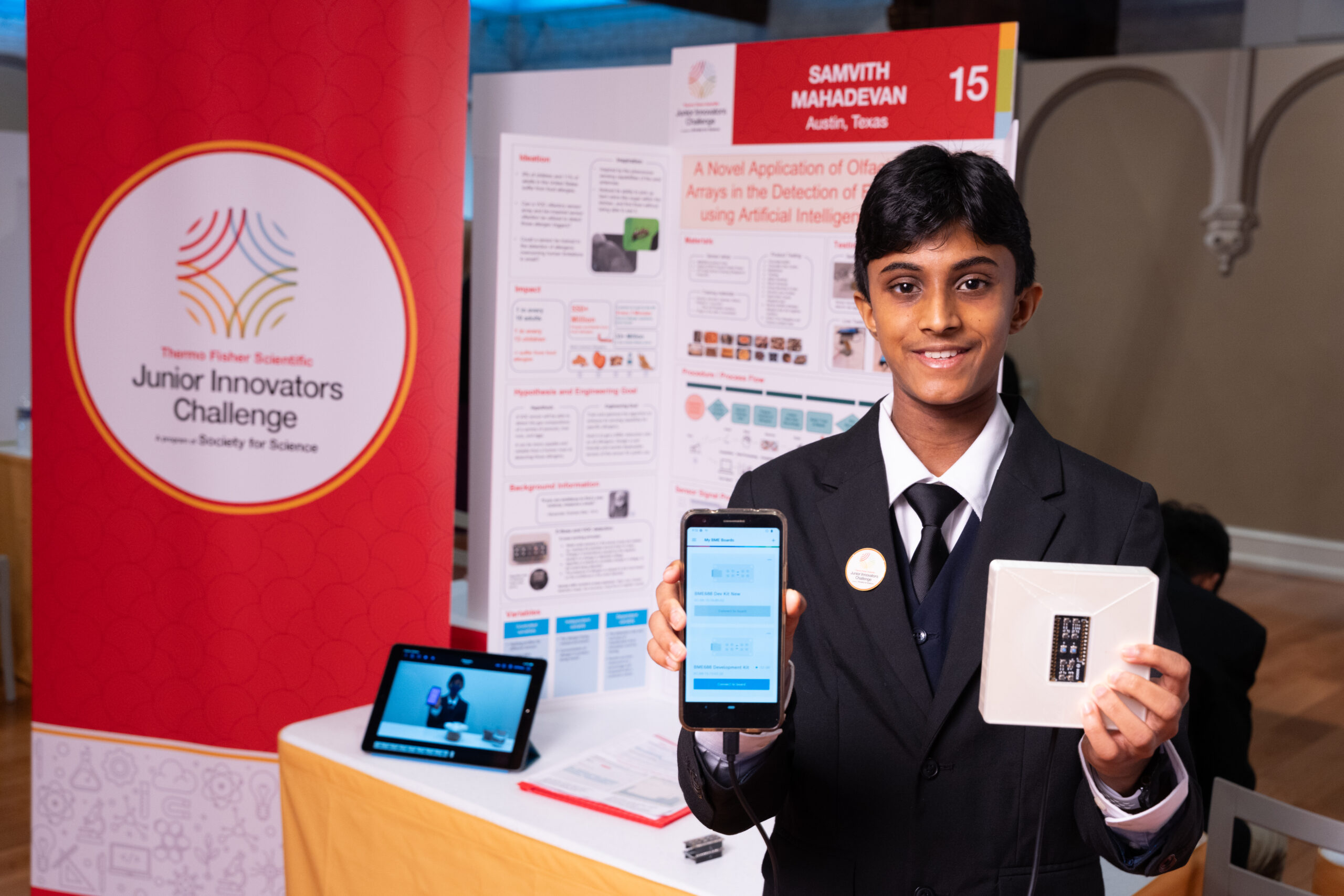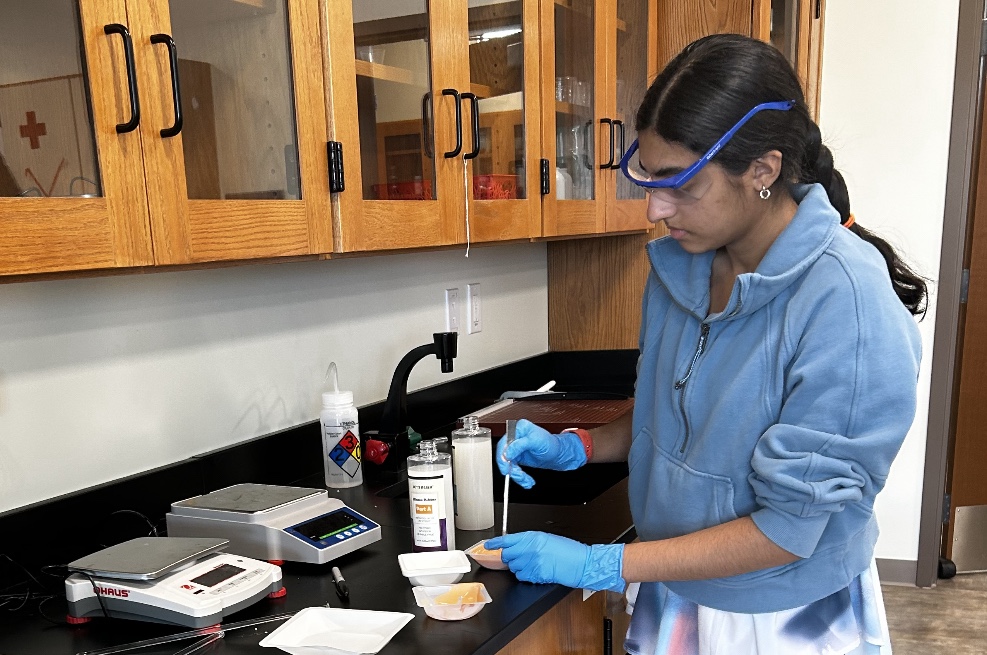An abalone shell inspired Angela Belcher to pursue a career in engineering and cancer research.
Angela Belcher likes to make things. Her medium of choice? Atoms.
“When you take a couple of atoms and you arrange them in different ways and build them into different shapes,” she says, “it changes their properties.”
In nature, those properties can lead to intricate materials like a mollusk shell or the glass-like cell walls of algae called diatoms. But as Belcher’s work attests, they can also result in better and more sustainable materials to create a whole host of objects to improve our lives – from solar cells to display screens.
Invention inspired by nature – a concept referred to as biomimicry – is at the heart of
Belcher’s work, and it’s what set her own career in motion. A prizewinning inventor – including the
2013 Lemelson-MIT Prize – and the James Mason Crafts Professor of Biological Engineering and Materials Science and Engineering at MIT, she looks to ancient organisms to build new technology.
Her inspiration came from the abalone shell. “It’s basically chalk,” says Belcher. “But it’s a really strong, tough structure that’s made out of very earth-abundant materials. To me that’s fascinating — it’s a template, it has a DNA sequence that codes for its protein that directs it to build an exquisite material in an environmentally friendly way.”
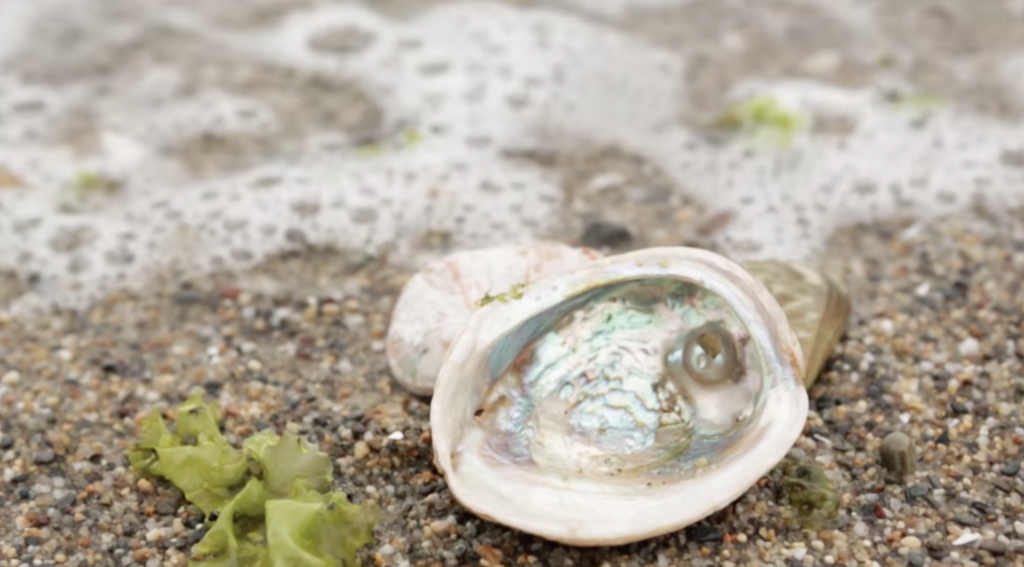
So what if there is a way to take DNA sequences that code for proteins, but instead use them to build better and more efficient materials that then become the building blocks for our modern technologies?
These are the kinds of questions that Belcher encourages her students to ask — and answer — at her lab. In particular, her work focuses on using bacterial viruses that are not harmful to humans, and that can bind with non-organic materials and self-assemble into non-toxic components needed for a variety of products. She’s already used these techniques to grow batteries that are soft, flexible and have better conductivity, and solar cells that have increased energy efficiency.
Belcher’s work over the last several years has also focused on researching and designing new materials for early detection of ovarian cancer. “Our approach is basically creating new nanomaterials that could actually seek out cancer cells and help us detect them at a much earlier stage,” she says.
The viruses attach themselves to the ovarian cancer cells and carry a material that can fluoresce, so even very small tumors can be detectable with imaging scans and addressed by doctors while still in the earliest stages.
In May of 2020, Belcher received research funding from the Massachusetts Consortium on Pathogen Readiness to work on another health problem: COVID-19. She is developing nanocarbon materials for textiles that can filter and neutralize viruses like the novel coronavirus to protect healthcare workers and the general population.
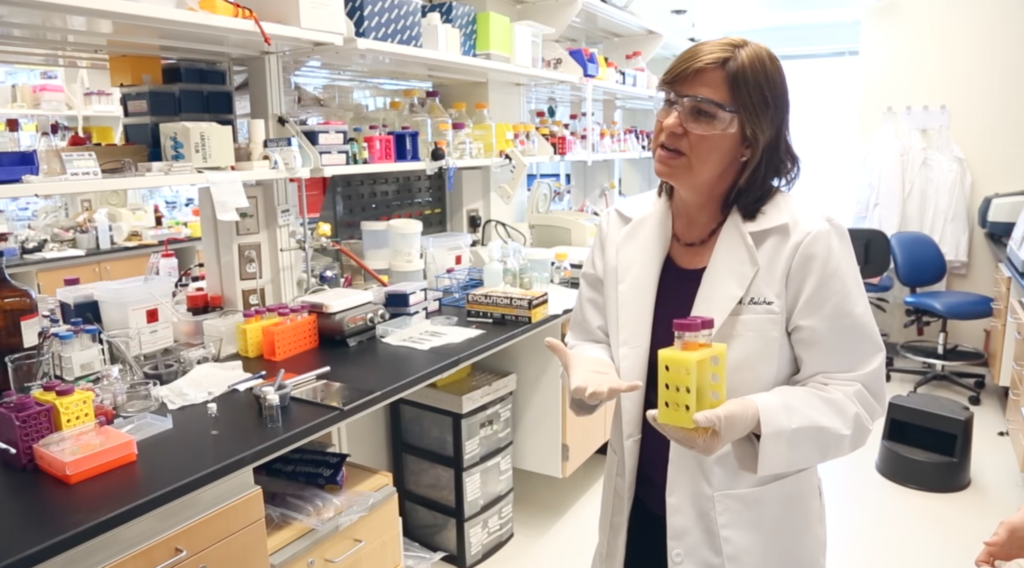
Belcher has successfully commercialized her inventions and is the founder of two companies,
Cambrios Advanced Materials and
Siluria Technologies. The former, whose name is derived from the Cambrian geologic time period — “when there was an explosion of new life-forms,” she says — makes transparent conductors for touchscreen displays on hand-held electronics and smartphones. The latter is named after the Silurian period, another significant time for the growth of life on Earth, and is pioneering the production of fuels and chemicals made from natural gas.
Belcher also spends a lot of time sparking kids’ interest in science. “I’ve been working in K-12 classrooms since I was an undergraduate,” she says. “It’s something I’ve always been very passionate about.”
Much of her work in the classroom centers on encouraging students to embrace engineering and inventing and to create solutions to problems in the world around them.
“We’re in such a place on the planet where we really need new ideas and new inventions, especially in the areas of food and water and energy and health,” she says. “My generation is doing a pretty good job, but we really need the next generation, because it’s going to impact them the most. We need their ideas, excitement and enthusiasm.”
“Rarely are kids bored when you give them interesting experiments to do and interesting design parameters,” she says. “I see them jumping out of their chairs, excited to participate.”
That participation is something Belcher would like to see encouraged. It’s important to get kids to the table, and to remind them that their ideas don’t have to be perfect or even fully formed.
“You don’t have to know everything when you walk in the room,” she says. “You just have to be willing to show up.”
Learn more about the social and economic impact of invention through the RAND report
“Measuring the Value of Invention,” documenting
twenty-five years of the
Lemelson-MIT (LMIT) Prize.
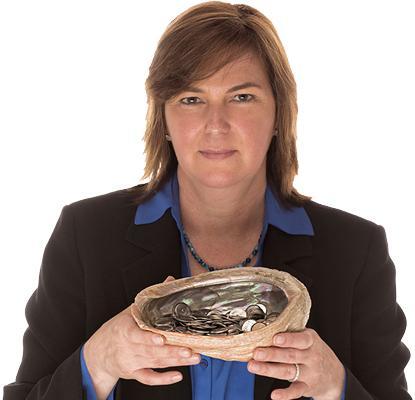
 So what if there is a way to take DNA sequences that code for proteins, but instead use them to build better and more efficient materials that then become the building blocks for our modern technologies?
These are the kinds of questions that Belcher encourages her students to ask — and answer — at her lab. In particular, her work focuses on using bacterial viruses that are not harmful to humans, and that can bind with non-organic materials and self-assemble into non-toxic components needed for a variety of products. She’s already used these techniques to grow batteries that are soft, flexible and have better conductivity, and solar cells that have increased energy efficiency.
Belcher’s work over the last several years has also focused on researching and designing new materials for early detection of ovarian cancer. “Our approach is basically creating new nanomaterials that could actually seek out cancer cells and help us detect them at a much earlier stage,” she says.
The viruses attach themselves to the ovarian cancer cells and carry a material that can fluoresce, so even very small tumors can be detectable with imaging scans and addressed by doctors while still in the earliest stages.
In May of 2020, Belcher received research funding from the Massachusetts Consortium on Pathogen Readiness to work on another health problem: COVID-19. She is developing nanocarbon materials for textiles that can filter and neutralize viruses like the novel coronavirus to protect healthcare workers and the general population.
So what if there is a way to take DNA sequences that code for proteins, but instead use them to build better and more efficient materials that then become the building blocks for our modern technologies?
These are the kinds of questions that Belcher encourages her students to ask — and answer — at her lab. In particular, her work focuses on using bacterial viruses that are not harmful to humans, and that can bind with non-organic materials and self-assemble into non-toxic components needed for a variety of products. She’s already used these techniques to grow batteries that are soft, flexible and have better conductivity, and solar cells that have increased energy efficiency.
Belcher’s work over the last several years has also focused on researching and designing new materials for early detection of ovarian cancer. “Our approach is basically creating new nanomaterials that could actually seek out cancer cells and help us detect them at a much earlier stage,” she says.
The viruses attach themselves to the ovarian cancer cells and carry a material that can fluoresce, so even very small tumors can be detectable with imaging scans and addressed by doctors while still in the earliest stages.
In May of 2020, Belcher received research funding from the Massachusetts Consortium on Pathogen Readiness to work on another health problem: COVID-19. She is developing nanocarbon materials for textiles that can filter and neutralize viruses like the novel coronavirus to protect healthcare workers and the general population.
 Belcher has successfully commercialized her inventions and is the founder of two companies, Cambrios Advanced Materials and Siluria Technologies. The former, whose name is derived from the Cambrian geologic time period — “when there was an explosion of new life-forms,” she says — makes transparent conductors for touchscreen displays on hand-held electronics and smartphones. The latter is named after the Silurian period, another significant time for the growth of life on Earth, and is pioneering the production of fuels and chemicals made from natural gas.
Belcher also spends a lot of time sparking kids’ interest in science. “I’ve been working in K-12 classrooms since I was an undergraduate,” she says. “It’s something I’ve always been very passionate about.”
Much of her work in the classroom centers on encouraging students to embrace engineering and inventing and to create solutions to problems in the world around them.
“We’re in such a place on the planet where we really need new ideas and new inventions, especially in the areas of food and water and energy and health,” she says. “My generation is doing a pretty good job, but we really need the next generation, because it’s going to impact them the most. We need their ideas, excitement and enthusiasm.”
“Rarely are kids bored when you give them interesting experiments to do and interesting design parameters,” she says. “I see them jumping out of their chairs, excited to participate.”
That participation is something Belcher would like to see encouraged. It’s important to get kids to the table, and to remind them that their ideas don’t have to be perfect or even fully formed.
“You don’t have to know everything when you walk in the room,” she says. “You just have to be willing to show up.”
Learn more about the social and economic impact of invention through the RAND report “Measuring the Value of Invention,” documenting twenty-five years of the Lemelson-MIT (LMIT) Prize.
Belcher has successfully commercialized her inventions and is the founder of two companies, Cambrios Advanced Materials and Siluria Technologies. The former, whose name is derived from the Cambrian geologic time period — “when there was an explosion of new life-forms,” she says — makes transparent conductors for touchscreen displays on hand-held electronics and smartphones. The latter is named after the Silurian period, another significant time for the growth of life on Earth, and is pioneering the production of fuels and chemicals made from natural gas.
Belcher also spends a lot of time sparking kids’ interest in science. “I’ve been working in K-12 classrooms since I was an undergraduate,” she says. “It’s something I’ve always been very passionate about.”
Much of her work in the classroom centers on encouraging students to embrace engineering and inventing and to create solutions to problems in the world around them.
“We’re in such a place on the planet where we really need new ideas and new inventions, especially in the areas of food and water and energy and health,” she says. “My generation is doing a pretty good job, but we really need the next generation, because it’s going to impact them the most. We need their ideas, excitement and enthusiasm.”
“Rarely are kids bored when you give them interesting experiments to do and interesting design parameters,” she says. “I see them jumping out of their chairs, excited to participate.”
That participation is something Belcher would like to see encouraged. It’s important to get kids to the table, and to remind them that their ideas don’t have to be perfect or even fully formed.
“You don’t have to know everything when you walk in the room,” she says. “You just have to be willing to show up.”
Learn more about the social and economic impact of invention through the RAND report “Measuring the Value of Invention,” documenting twenty-five years of the Lemelson-MIT (LMIT) Prize.
